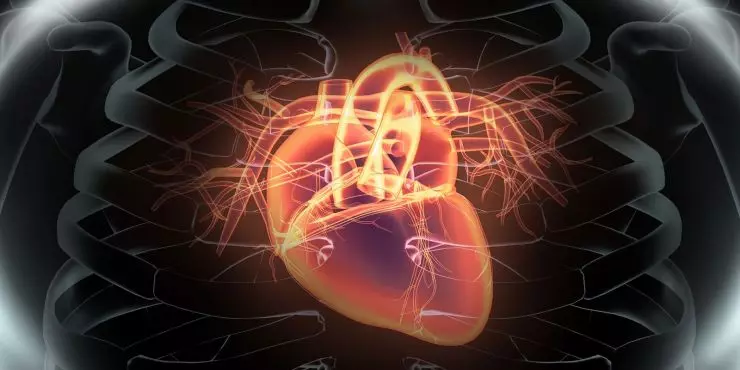Understanding Heart Disease
Heart disease is a commonly used term by healthcare providers, but it is not always clear what type they are talking about. There are different types of heart disease often named by how it developed or how it is treated. Let’s look at some of the most common types.

Ischemic heart disease occurs when the heart does not receive enough oxygen. The most common cause is coronary artery disease, which is the build-up of plaque in the arteries that supply blood to the heart. If the build-up of plaque is too much in these arteries, a patient can experience chest pain or shortness of breath because the heart muscle isn't receiving enough oxygenated blood to work properly. Worse yet, if the plaque ruptures, a piece can flow downstream in the artery and completely block the flow of blood to the heart muscle. We call that a heart attack or "myocardial infarction". Ischemic heart disease is the leading cause of sudden death and the leading cause of death worldwide.
Valvular heart disease occurs when the valves and/or chambers of the heart do not function properly. There are several different kinds of valve abnormalities including stenosis (narrowing), prolapse (slipping out of place), and regurgitation (leaking). And there are four valves in the heart that can be affected by any of these abnormalities. Abnormal valves can be caused by infection, autoimmune diseases, uncontrolled high blood pressure, illicit drug use, problems present at birth, and the normal aging process. If the problem with the valve is small, medications can often be used to control symptoms and help the heart pump better. Eventually, most individuals need surgery to repair the abnormal heart valve. Untreated hart valve issues can lead to heart failure.
Hypertensive heart disease occurs when elevated blood pressure (hypertension) is not treated or undertreated over a period of several months to years. The increased blood pressure causes the heart to work harder and leads to thickening of the heart muscle over time. This, in turn, leads to a reduction in the heart’s ability to pump blood to the rest of the body efficiently. This is known as heart failure. Identifying patients with high blood pressure and treating it before it causes problems is a key component of primary prevention.
Cyanotic heart disease occurs with congenital heart defects, which are often discovered in newborn babies. Sometimes the connections between the heart and the body have formed incorrectly. These babies can quickly develop difficulties with breathing and have trouble getting oxygen to all of their organs, which is known as cyanosis. Fortunately, healthcare providers are trained to examine newborns carefully, and all babies are screeened for heart conditions before going home from the hospital. When these defects are identified, they can often be managed with medications but sometimes surgery is necessary to correct the heart.
There are many things you can do to reduce your risk for developing heart disease:
- Eat a heart-healthy diet that is low in saturated fats, low in sugar, and low in salt. The Mediterranean diet is an example of a heart-healthy diet. It is high in vegetables, nuts, berries, greens, and lean protein.
- Exercise regularly - at least 30 minutes of moderate-intensity exercise 5 days per week. Aiming for 10,000 steps each day is also a good target.
- Avoid smoking or other tobacco products.
- Schedule your annual physical - it is at these visits that we check your blood pressure, cholesterol, screen for diabetes, and discuss weight loss strategies, if necessary to help prevent damange to your heart.
Still have questions or concerns? Talk to your doctor to learn more about prevention and treatment of heart disease.